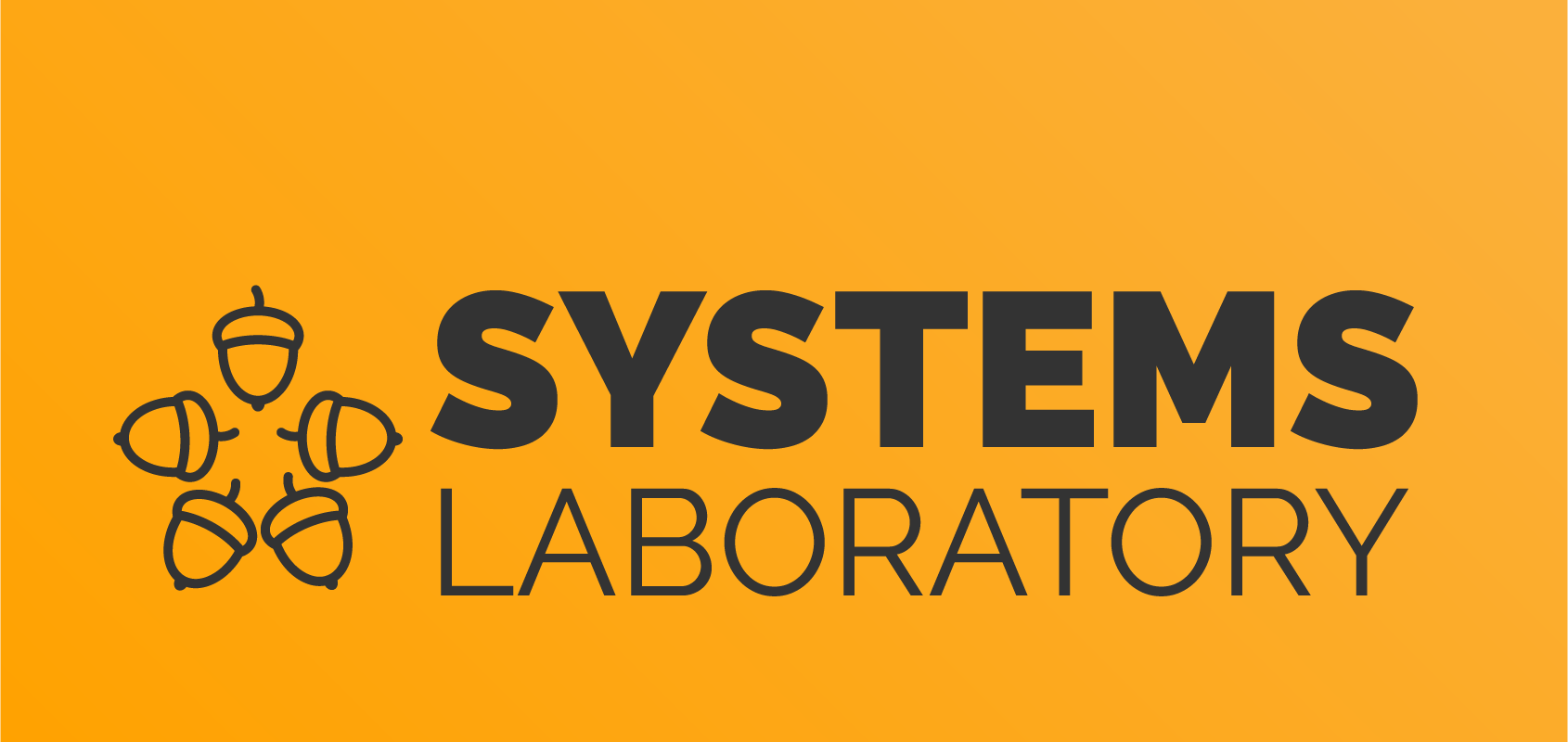This is an old revision of the document!
Lab 10 - MPLS VPN
Topology
Interfaces
| Device | Interface | IP Address | Subnet Mask |
|---|---|---|---|
| CE1 | F0/0 | 10.1.1.1 | 255.255.255.252 |
| CE1 | Lo0 | 199.0.0.1 | 255.255.255.255 |
| PE1 | F0/0 | 10.1.1.2 | 255.255.255.252 |
| PE1 | S1/0 | 192.168.1.1 | 255.255.255.252 |
| PE1 | Lo0 | 150.0.1.1 | 255.255.255.255 |
| P | S1/0 | 192.168.1.2 | 255.255.255.252 |
| P | S1/1 | 192.168.1.5 | 255.255.255.252 |
| P | Lo0 | 150.0.1.2 | 255.255.255.255 |
| PE2 | F0/0 | 10.1.1.6 | 255.255.255.252 |
| PE2 | S1/1 | 192.168.1.6 | 255.255.255.252 |
| PE2 | Lo0 | 150.0.1.3 | 255.255.255.255 |
| CE2 | F0/0 | 10.1.1.5 | 255.255.255.252 |
| CE2 | Lo0 | 99.0.0.1 | 255.255.255.255 |
Tasks
Extract the Lab10_CNS_Topology.zip file.
- [0p] Verify hostnames and IP addresses to all routers, according to the given topology.
- [+1=1p] Activate OSPF in the provider’s network. Run OSPF only on the interfaces between PE1, P and PE2 and on each provider router’s loopback interface.
- [+1=2p] Enable MPLS on the physical interfaces in the provider’s network. Do not run MPLS on interfaces facing customer routers (CE1 and CE2).
- [+3=5p] Create a VRF on both PE routers and bind them to the proper interfaces. Use the following parameters:
- VRF name: Client
- Route distinguisher: 1001:1
- Route-targets for import and export: 64512:1
- [+3=8p] Configure an MPBGP neighbor relationship between the PE routers. Establish neighbor relationships using the loopback addresses of PE1 and PE2.
- AS number for BGP: 64512
- [+2=10p] Enable RIPv2 between the CE routers and PE routers. Advertise both customer loopbacks in RIP and check each CE router for propagated routes.
- [+1=11p] Using Wireshark capture traffic between P - PE1 and PE1 - CE1.


